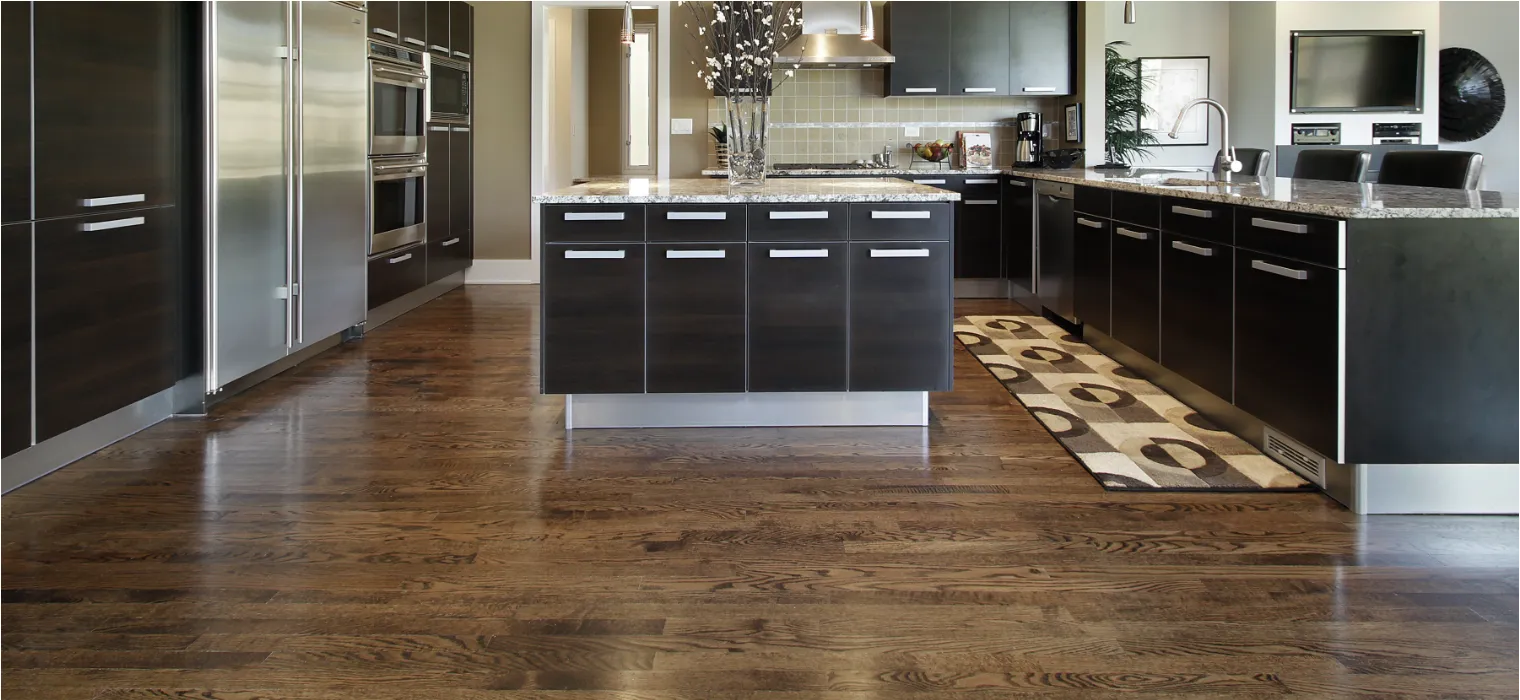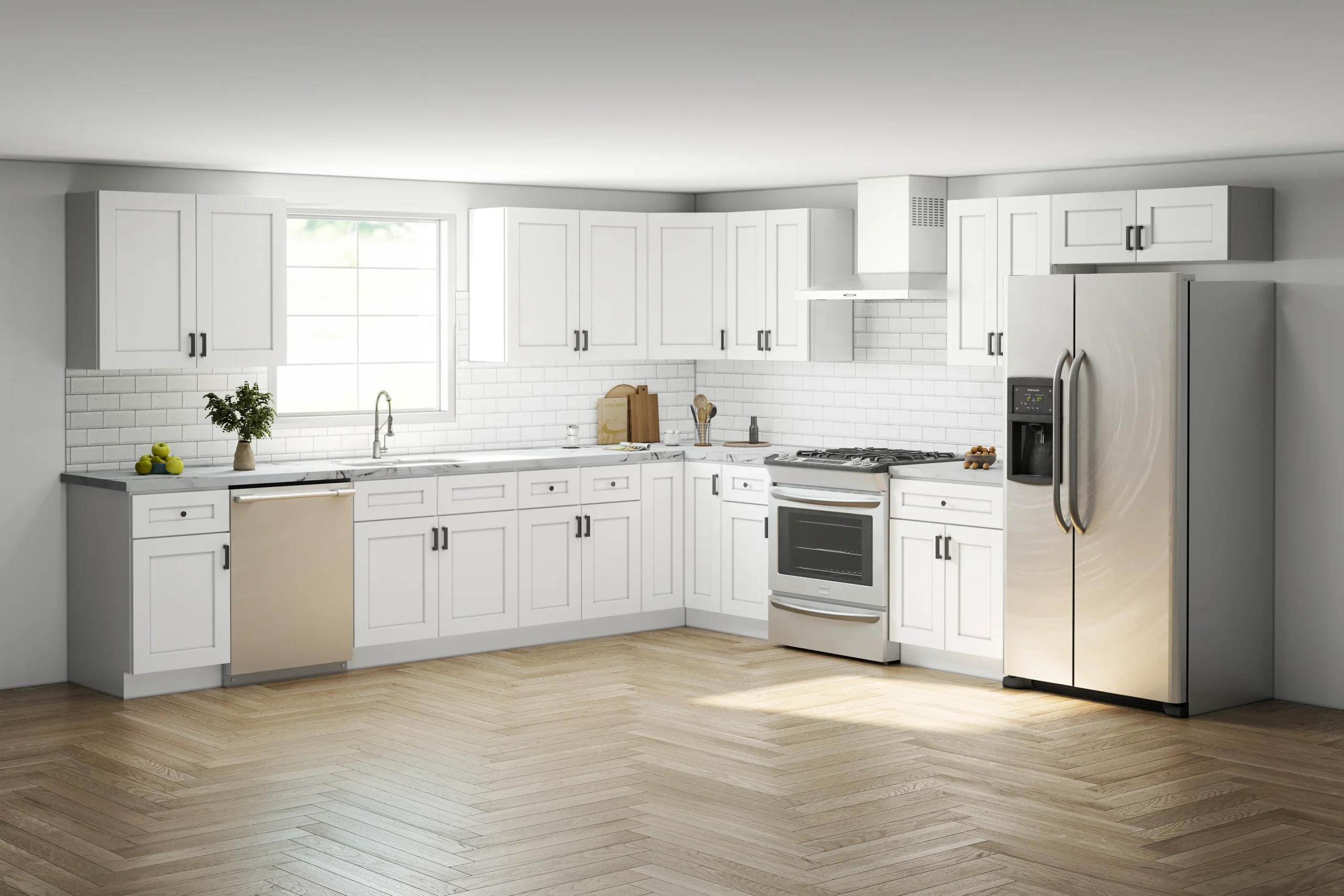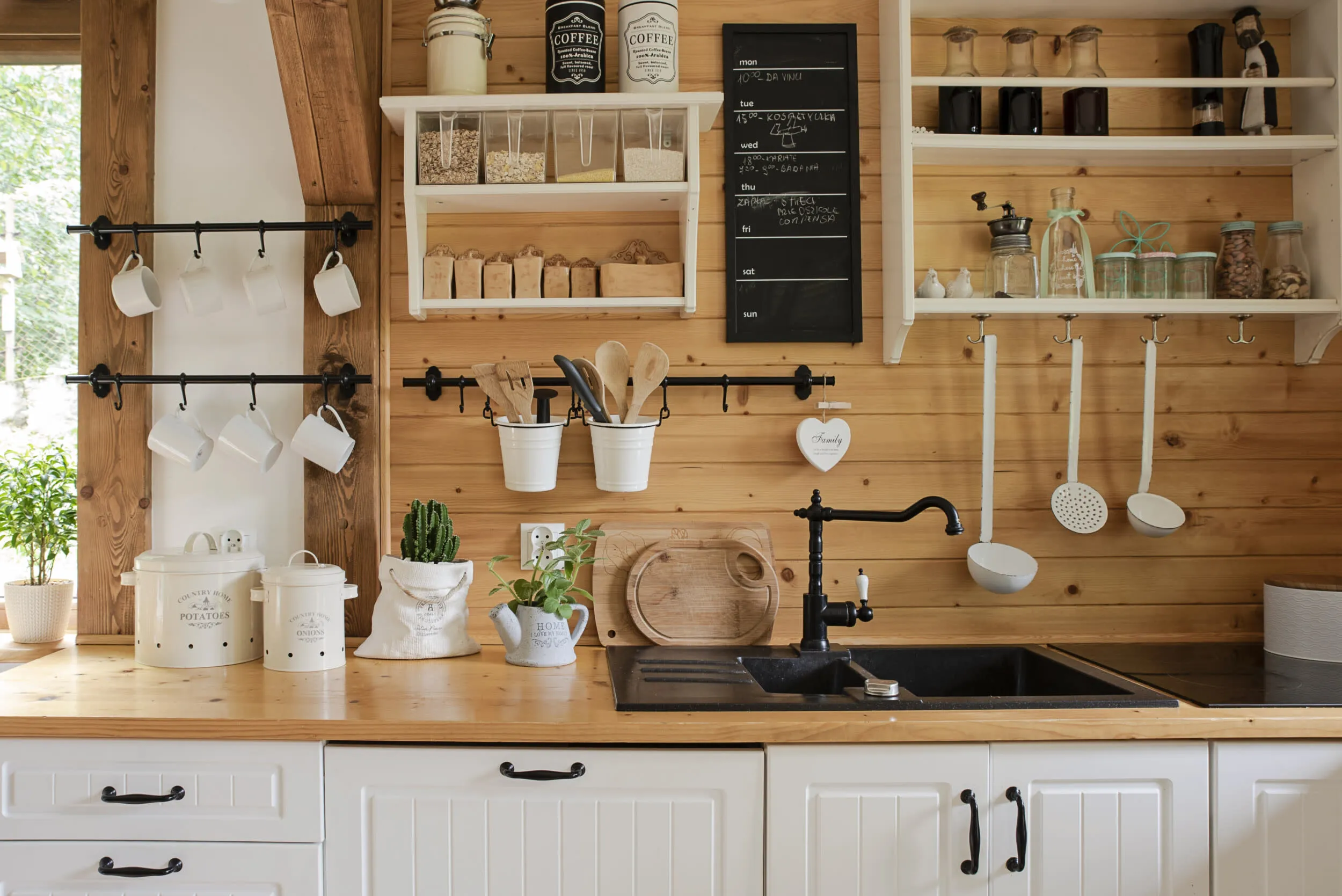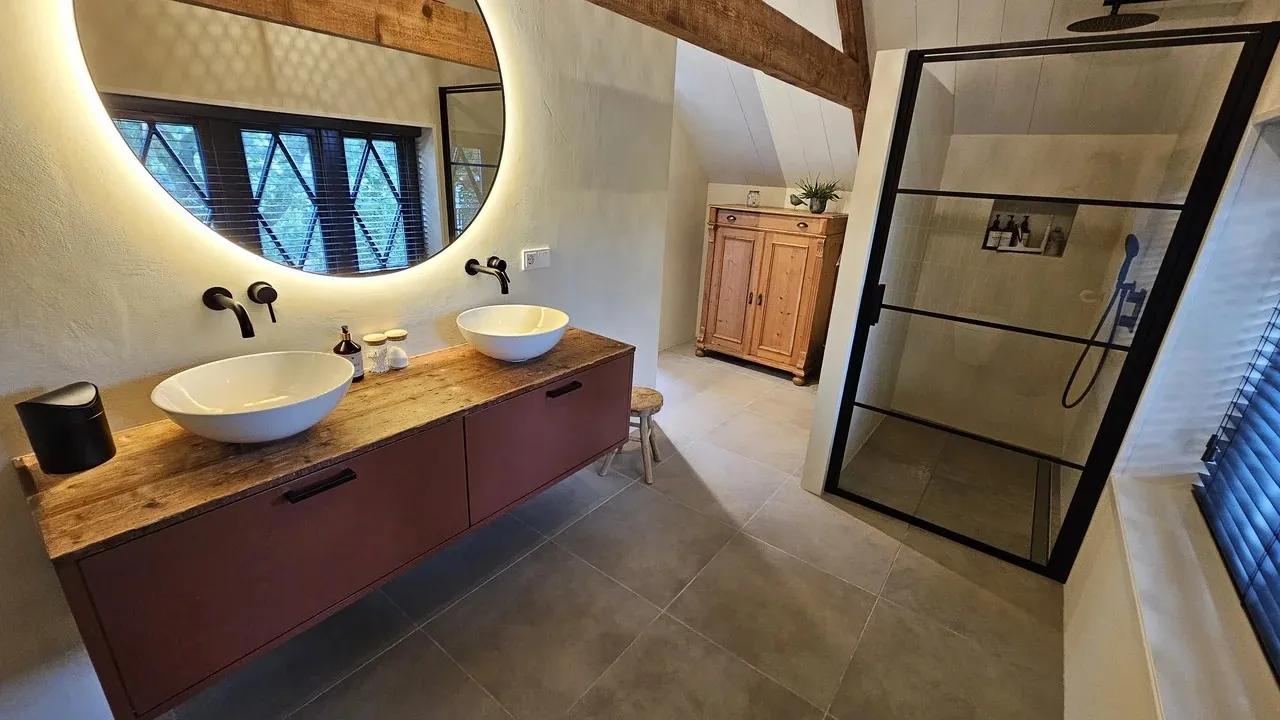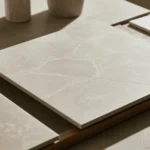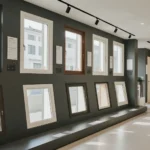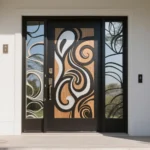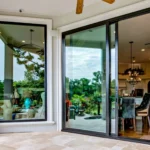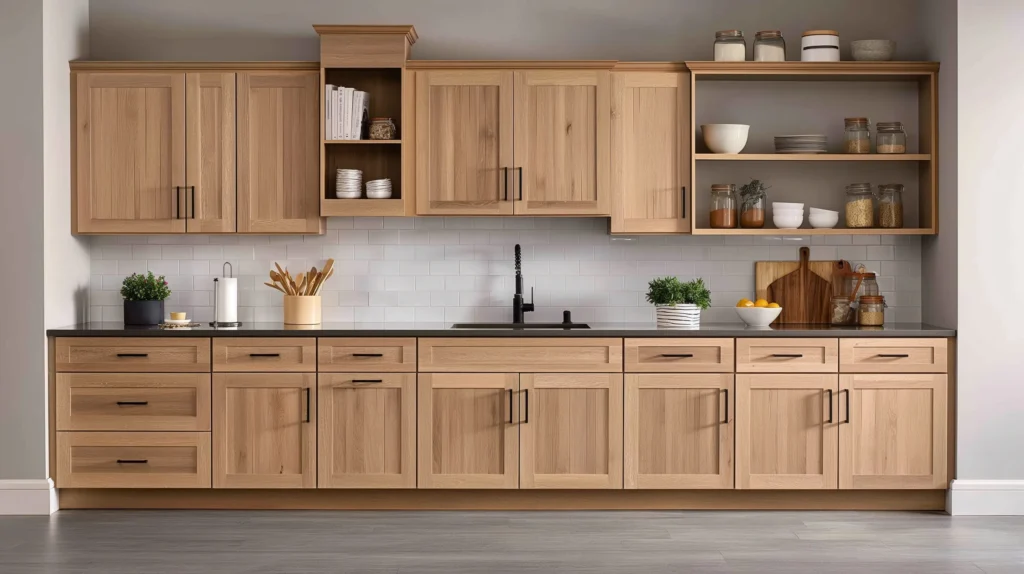
Staring at unfinished cabinets feels tempting—you see freedom, not mess. But without the right prep, that freedom can turn into frustration.
We’re a one-stop building material supplier based in Foshan. We serve homeowners, designers, developers, contractors, and renovators globally. Our product range includes kitchens, wardrobes, bathrooms, doors, windows, tiles, lights, flooring, and wall panels, and more. We offer full-house style matching, 3D design for interiors and facades, export logistics, and after-sales support.
Unpainted kitchen cabinets can offer budget and design control—but they also demand time, planning, and finish skills to avoid ugly mistakes.
If you’re unsure whether going raw is worth it, keep reading. I’ll walk you through key questions that decide if this route fits your project.
What are unpainted kitchen cabinets?
Unpainted kitchen cabinets come either raw or primed, sold without final finish so you can apply your own stain or paint.
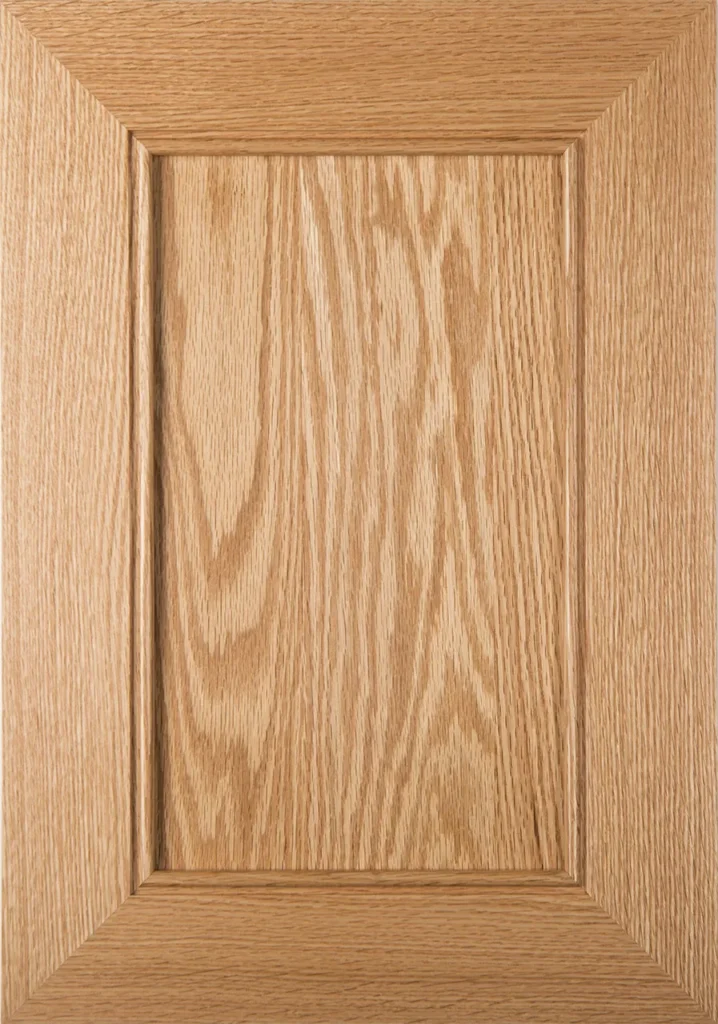
These cabinets may be bare wood, pre-sanded, or factory-primed. They let you control color, texture, and topcoats. But because they come unfinished, every surface must be prepped. They’re favored when a custom tone or unique style is required.
Raw vs Pre-primed
| Feature | Raw Wood | Pre-Primed |
| Surface | Requires full prep | Some prep, less sanding |
| Time | More labor needed | Faster finish stage |
| Flexibility | Maximum control | Moderate control |
Choose raw when you want full customization. Go pre-primed if time is tighter but you still want control.
Are unpainted cabinets truly cheaper?
They often cost 10%–30% less upfront, but finish materials and labor can erase those savings.
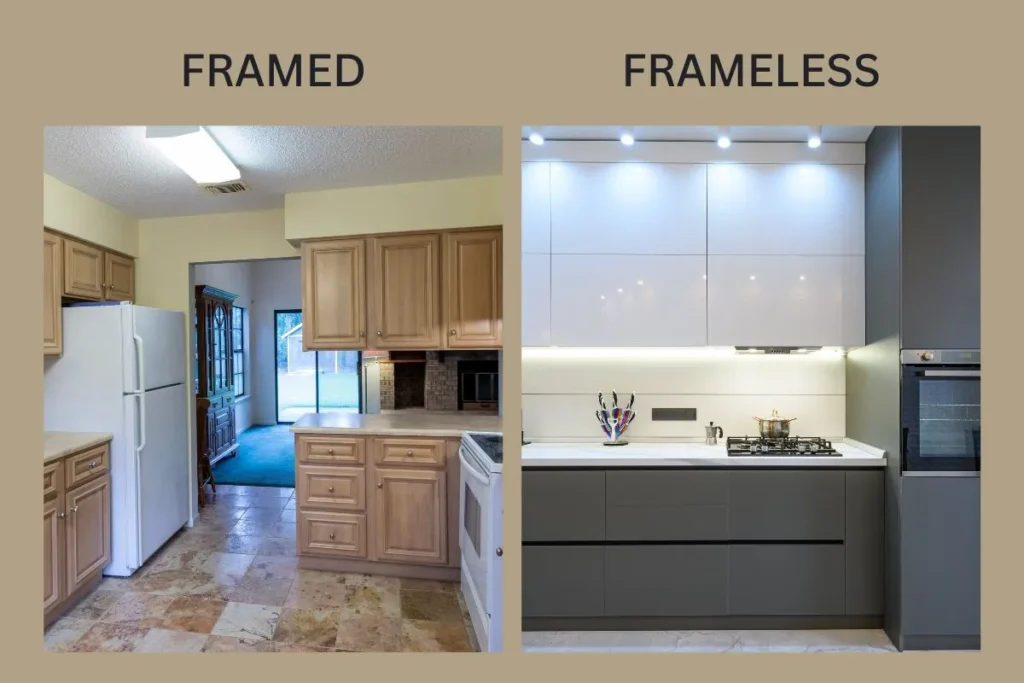
Here’s a rough cost breakdown (per linear foot):
- Cabinet shell: $120–180
- Finishing supplies & labor: $40–90
- Total project time: extends by days or weeks
So while the base cost is lower, finishing can push you back toward the cost of factory-finished cabinets—unless you have the skills and timeline buffer.
What types of wood work best unfinished?
Tight-grain woods like maple or birch yield smooth surfaces, while oak gives bold texture when stained.
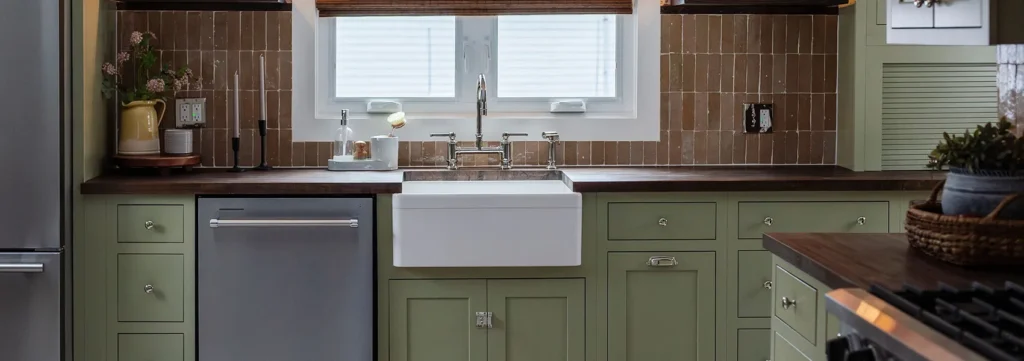
If your goal is color consistency or painted finishes, maple and birch are ideal. Want visible grain and character? Natural oak or ash can be striking under clear coats.
Always test small scraps before committing across an entire kitchen.
Can you DIY finish unpainted cabinets successfully?
Yes—if you respect each step. Skip steps, and you risk drips, bubbles, or an uneven finish.
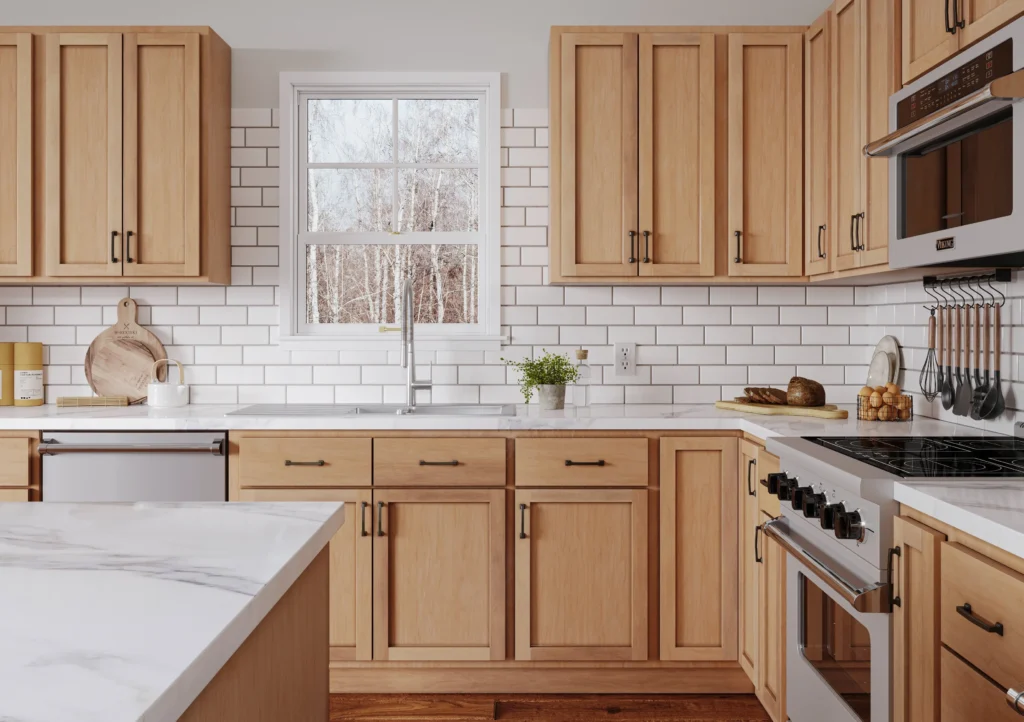
Steps:
- Sand flat (120 → 220 grit)
- Clean thoroughly
- Prime with stain-blocking primer
- Apply 2–3 coats
- Light sanding between coats
- Topcoat for protection
Dedicate 3–5 days minimum, especially in humid environments. Use dust control and enough ventilation.
How do they fare in modern kitchen styles?
Handled with neutral finishes and sleek hardware, unpainted cabinets fit right into modern and minimalist interiors.
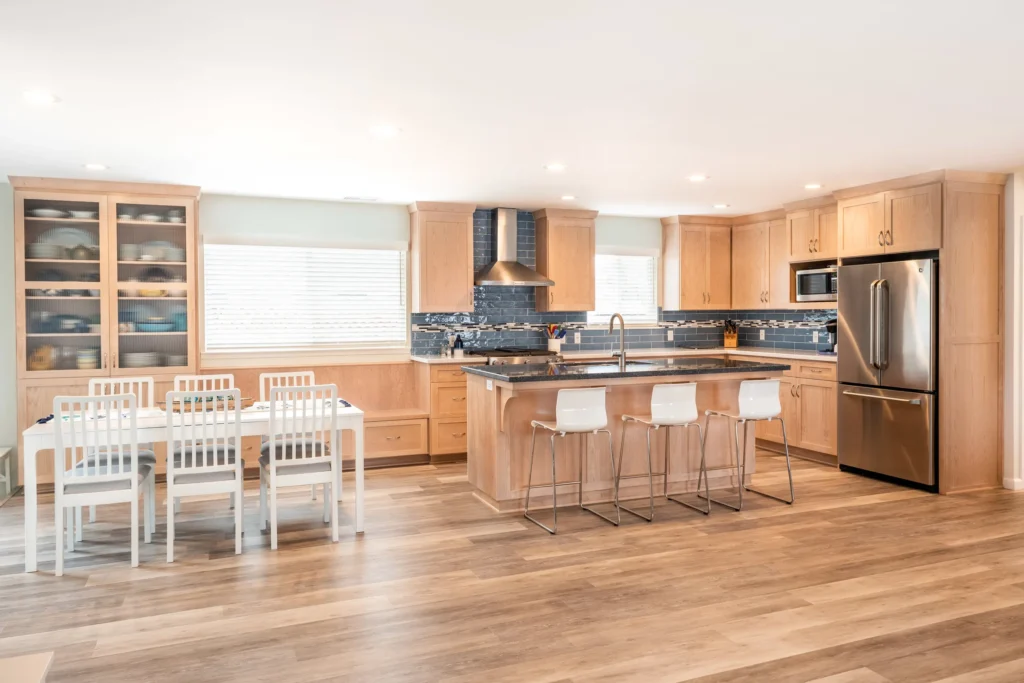
They pair well with:
- Concrete or quartz countertops
- Matte black or brushed metal hardware
- Integrated LED lighting
The key is clean finish and alignment—no rough edges or drips.
Do unpainted cabinets last as long as painted ones?
They can—if you seal properly. Otherwise, moisture and stain issues creep in.
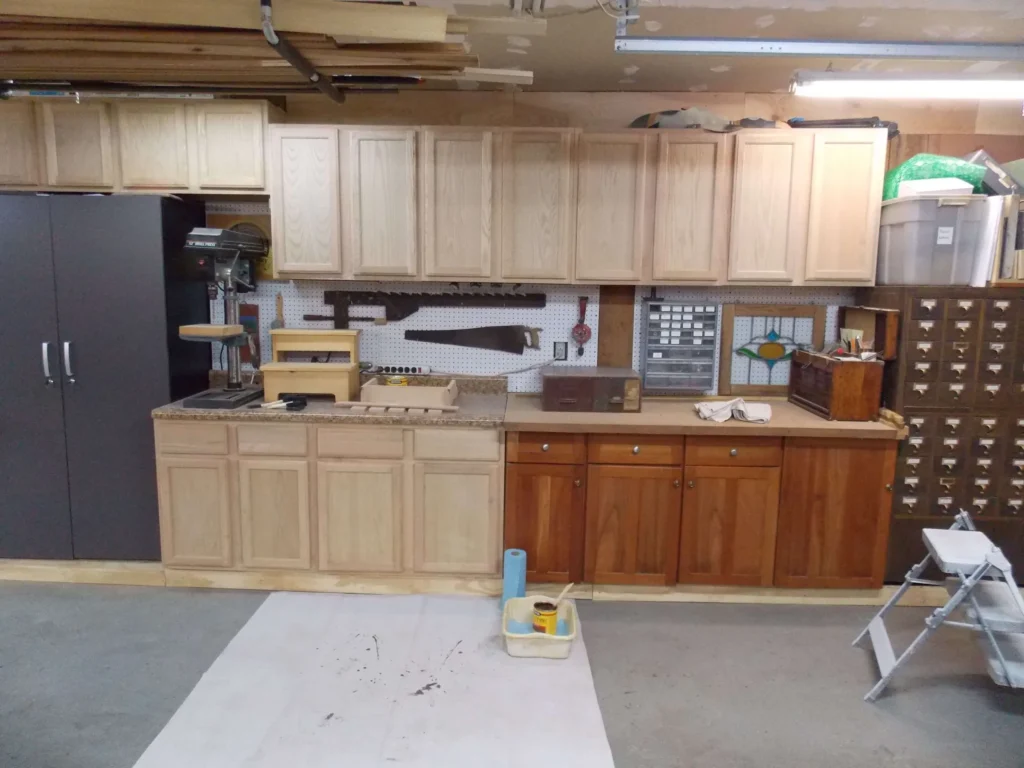
Risks of no finish:
- Water absorption → warping
- Stain and grime adsorption
- UV discoloration
Seal interiors too—especially under sinks. Use good-quality varnishes or clear topcoats.
Should you use them for export or remote projects?
Only if you have local teams to finish them. For long-distance clients, factory-finished cabinets reduce risk.
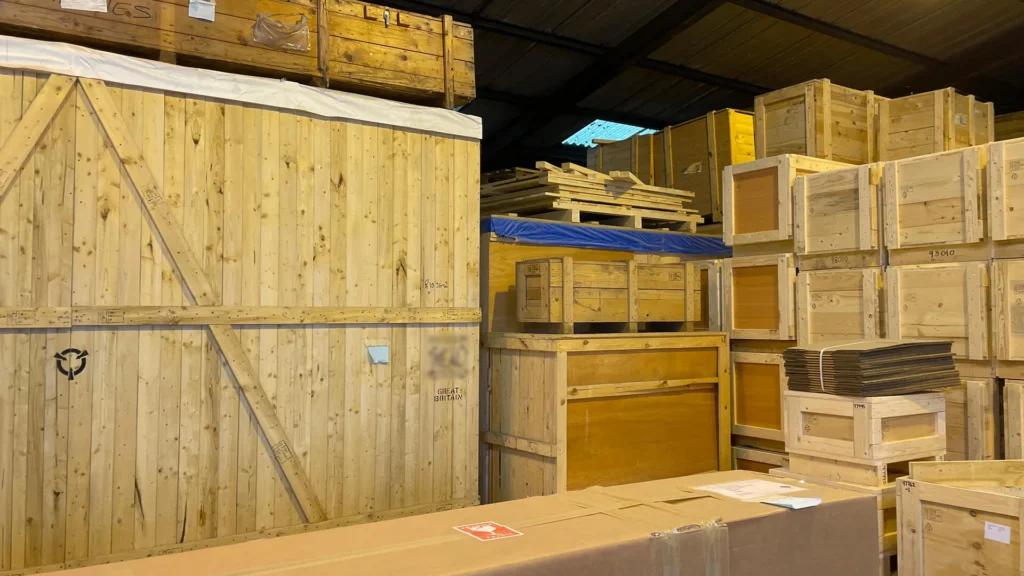
Unpainted cabinets require on-site finishing. If your project is far from your support team, a lapse in quality control can cost much more.
Final CTA
If you’re planning a kitchen or whole-home project, send us your floor plan. We’ll help quote and supply cabinets, doors, flooring, tiles, lighting, all matched and shipped. From Foshan factory to your doorstep.
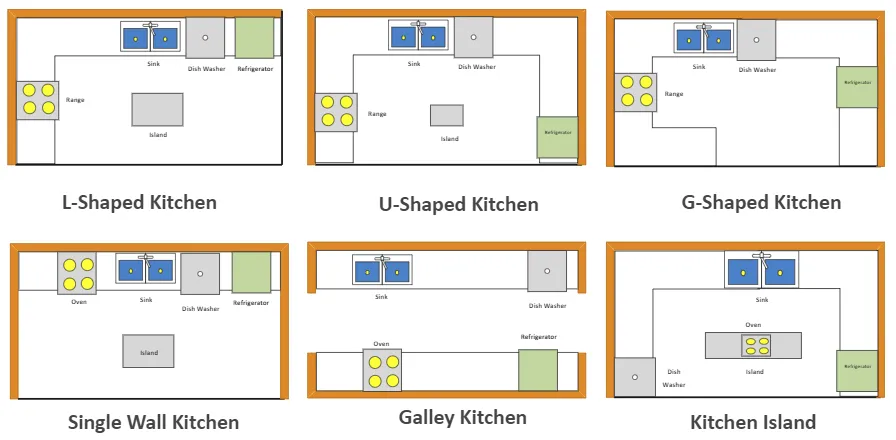
FAQ
Are unpainted cabinets suitable for humid climates?
Yes, when sealed correctly. Use moisture-resistant primers and topcoats to protect the wood.
Can you stain then paint unfinished cabinets later?
Yes, but that approach complicates prep. You’ll need to remove stain fully before repainting.
Is primed better than completely raw?
Primed cabinets need less work before final finishing and reduce risk of bleed-through.
Can small DIYers handle large kitchen finishes?
They can, but expect extended timelines and high attention to detail. Start with smaller projects.
Do unfinished cabinets void warranties?
Not always. It depends on manufacturer terms. Always check the finish stipulations.
How do you repair finish damage in the future?
Lightly sand area, spot-prime, then match and repaint carefully. Use gloss match.
Is there a resale penalty?
If finish is poor, yes. If done well, buyers often see custom finishes as an upgrade.
How much extra time should finishing add to project?
Plan extra 1–2 weeks. That lets you prep, dry, paint, and cure between coats without rush.

